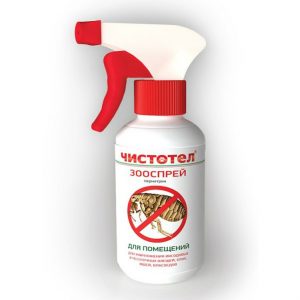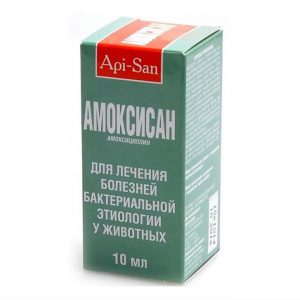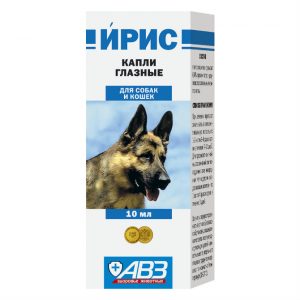Description
Pharmacological action of
Sodium chloride is found in blood, tissue fluids, and its concentration ensures the constant osmotic pressure of the blood. With sodium chloride deficiency, blood thickening is observed due to the passage of water from the bloodstream to the tissue. With a significant deficit, spasms of smooth muscles, convulsive contractions of skeletal muscles, dysfunctions of the nervous system and blood circulation can develop. A solution of sodium chloride 0.9% isotonic with the blood plasma of animals, therefore it is often called “physiological”, but this name is conditional, since the solution does not contain other substances (salts of calcium, potassium, etc.), which are necessary to preserve the physiological properties of the body . The drug regulates the acid-base balance of the body, exhibits detoxification properties, It does not irritate tissue. In catarrhal processes, the drug dilutes the mucus, facilitates its separation and thereby contributes to the elimination of the inflammatory process. The solution is rapidly removed from the vascular system and only temporarily increases the volume of fluid circulating in the vessels, so with large blood loss and shock it is not effective enough. In these cases, other plasma-substituting fluids are simultaneously used (hemodesis, enterodesis, polyglucin, etc.).
Indications
It is prescribed for large losses of body fluids (bleeding, toxic dyspepsia, conditions after surgery), as well as for symptoms of shock and intoxication. In inflammatory processes (vaginitis, metritis, stomatitis). The drug is used to dissolve various medicinal substances.
Contraindications
Hypernatremia, threat of edema of the brain and lungs.
Special instructions
Livestock products after use of sodium chloride solution can be used without restrictions.
Composition
The solution for injection is a clear, salty taste liquid, pH 5.0 – 7.0.
Dosage and administration
The drug is administered subcutaneously or intravenously in the following doses: Cattle – 2000-5000 ml Horses – 1000-2500 ml Small cattle – 100-300 ml Pigs – 100-200 ml. More often administered intravenously by the drop method in large quantities. The volume and timing of use depend on the mass of the animal and the course of the disease.
Side effects of
At the recommended doses and with the correct method of administration, it does not cause side effects and complications in animals. The introduction of large quantities of solution can lead to chloride acidosis, hyperhydration, increased excretion of potassium from the body.



